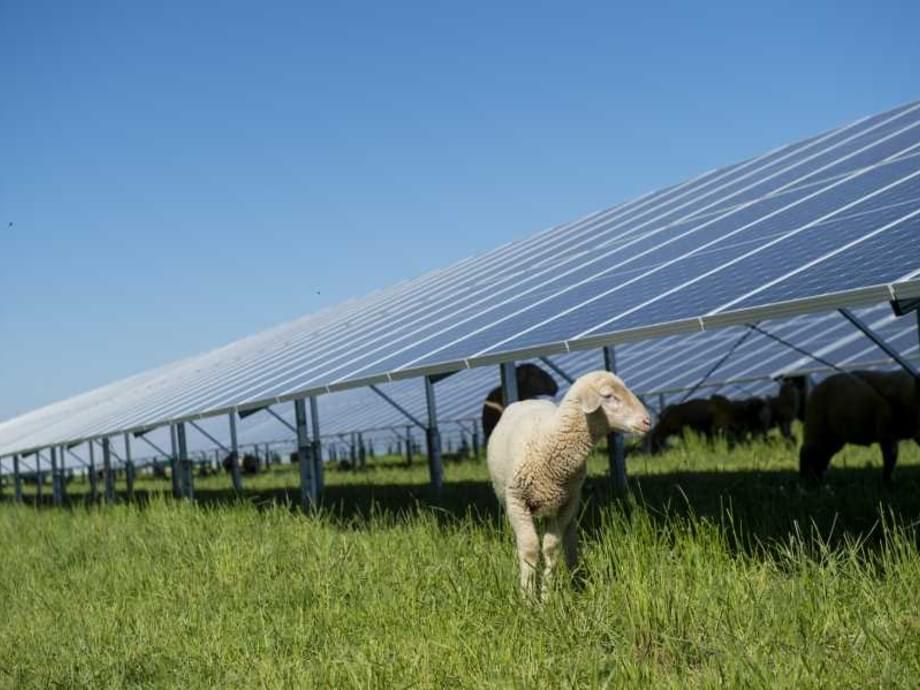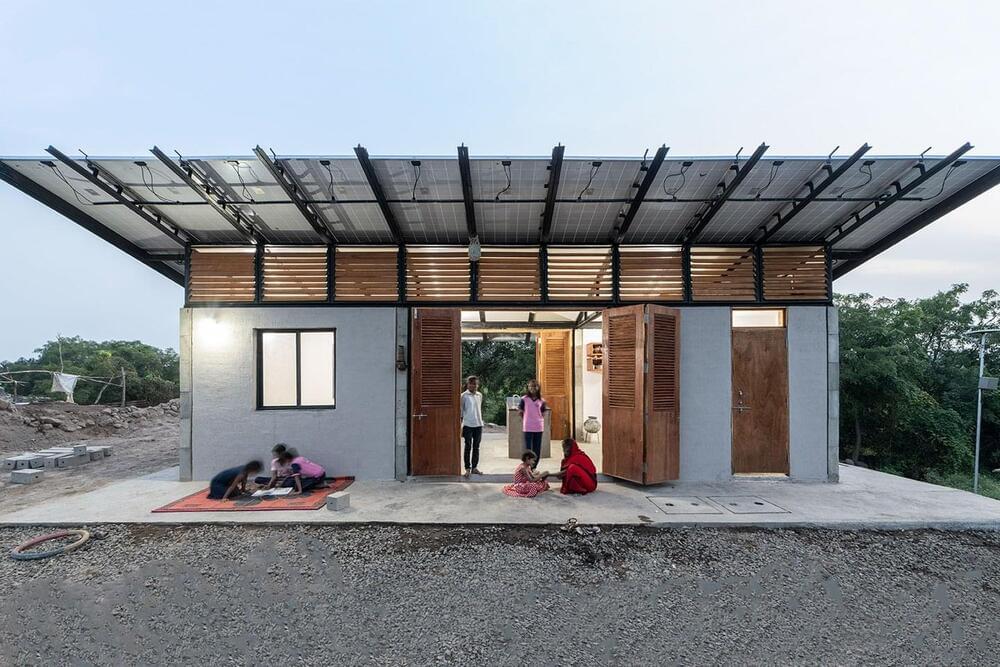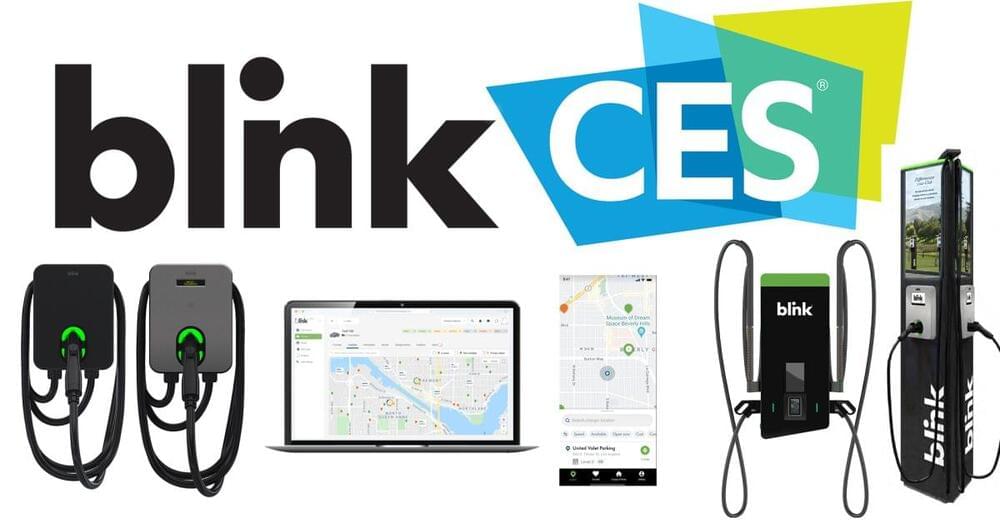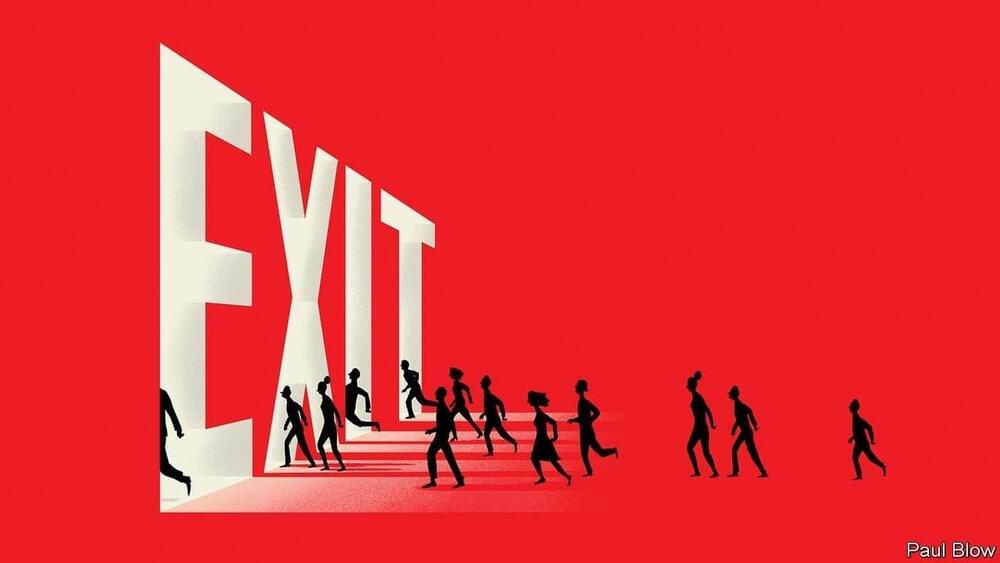
BayWa r.e., in partnership with Grüne Energien, has received planning permission for the development of the Rag Lane Solar Farm project near Bristol, UK.
Construction of the 49.9 MW solar project in South Gloucestershire is planned to commence at the beginning of 2023, with grid connection expected in the second half of 2023. When complete, Rag Lane will deliver approximately 52 GWh/year of clean renewable electricity for distribution to the national grid, the equivalent to the annual electrical needs of approximately 15,000 family homes.
BayWa r.e. is committed to ensuring maximum benefit to the local community and environment in the development of Rag Lane. As part of the construction of the project, BayWa r.e. will provide biodiversity enhancements to the local area including the reinforcement and planting of 1.7 km of new hedgerows as a haven for wildlife, as well as ecological connectivity and improvements to the public footpath that runs across the site.
The company also anticipates that at least 20 local jobs will be created through the construction phase, with 2–3 long term jobs through the operational life of the project.









